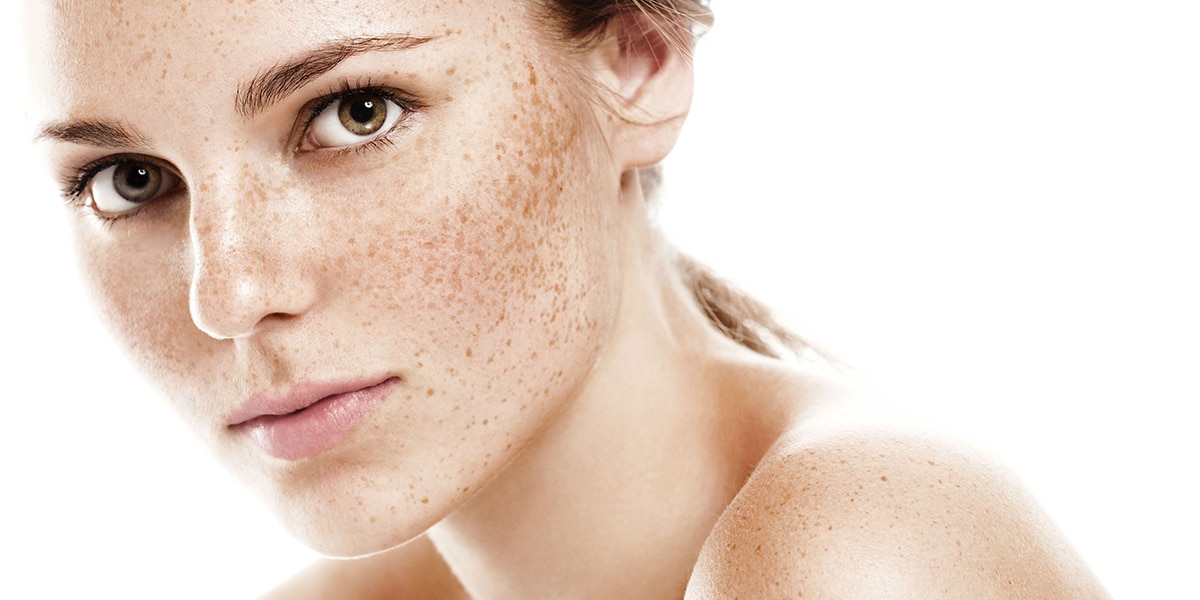A freckled complexion is one of the latest North American beauty trends, popularized by celebrities like Emma Stone, Emma Watson, and Julianne Moore. Some women have even gone to the lengths of having freckle-like marks tattooed on their faces. East Asian women may not be fond of this North American trend, however, being known to prefer clear, pale complexions. Whether you like them or not, freckles are a phenomenon that often sparks curiosity. Have you ever wondered what freckles are and what causes them? The answer lies in your genes.
Skin color is determined by the amount of melanin in your skin; the more melanin you have, the darker your skin will be. Sometimes melanin can be more concentrated in certain skin cells, resulting in freckles. This explains why freckles darken upon exposure to UV rays from the sun. UV exposure causes certain skin cells to produce melanin, making skin (including freckles) appear darker.
In the same way that you inherit your hair and eye color from your parents, you can inherit freckles. In fact, scientists have identified several genes that are known to cause freckles. One of the most well-known ones is called MC1R.¹ Sometimes this gene is referred to as the “red hair gene”, which explains why red hair and freckles often go hand in hand.It’s important to distinguish between freckles, sun spots, and moles. Freckles, also known as ephelides, first develop at about 2-3 years of age. Freckles sometimes fade with age, and can darken or lighten depending on sun exposure. Age spots, also known as lentigines, are seen much later in life, usually after 50 years of age. These spots are caused by accumulated sun exposure rather than genetic factors, and these spots don’t typically fade.¹ Moles are also caused by skin cells with higher concentrations of melanin; however, these spots tend to be permanent and don’t change throughout life.²
Freckles, moles, and age spots aren’t inherent health concerns, but they should be monitored for abnormal changes. If you notice any suspicious changes in the border, colour, or size of a spot on your skin, seek the advice of a dermatologist.
Freckles can darken upon exposure to UV rays from the sun. You can use Sun Index to make sure you’re staying safe in the sun. Available for iOS and Android, the free app gives you personalized sun safety tips, such as how much sunscreen to apply and sunscreen reminders. It even tells you how long you can stay outside before getting a sunburn.Sources:
- Praetorius, C., Sturm, R. A. and Steingrimsson, E. (2014). Sun-induced freckling: ephelides and solar lentigines. Pigment Cell Melanoma Res, 27(3): 339-350. Retrieved August 18, 2017
- Cambridge University Hospitals. (n.d.). Freckles, moles and melanomas. Retrieved August 18, 2017



